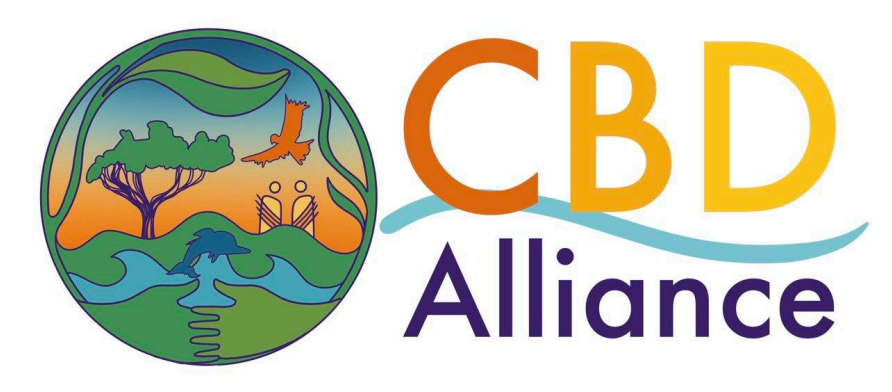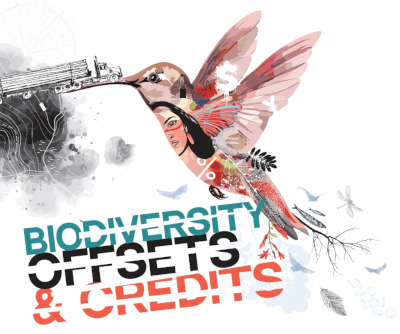In this issue:
Assessing the Gender-responsiveness of NBSAPs
CBD Women's Caucus - The KMGBF, in particular its Section C and Targets 22 and 23, as well as the Gender Plan of Action (GPA) mark a turning point in global environmental governance by explicitly linking biodiversity conservation to human rights, equity, and gender justice. Translating these global commitments into national action through National Biodiversity Strategies and Action Plans (NBSAPs) is therefore a critical test of implementation. ...
Moratorium on genetically engineering wild species in natural ecosystems – IUCN membership split down the middle
Helena Paul, Econexus - Should IUCN support synthetic biology or oppose it, or remain neutral on its use and potential impacts on nature and nature conservation? A question accompanying IUCN since 2016. Whilst a policy was being devised aiming for neutrality, many members felt that one high risk category should be treated separately. They made a case for pausing genetically engineered wildlife releases to safeguard nature’s integrity and tabled motion 133. The message was clear: ...
Social and Environmental Safeguards in the CBD: A Test for Credibility
Mirna Ines Fernandez, Third World Network - Social and environmental safeguards have become a recurring theme in discussions under the Convention on Biological Diversity (CBD). Their inclusion in the Kunming-Montreal Global Biodiversity Framework (KMGBF), particularly in Target 19 on financial resource mobilization, reflects growing awareness of the risks associated with “innovative finance” mechanisms such as biodiversity credits, offsets, green bonds, and payments for ecosystem services. These instruments promise resource mobilization for biodiversity, but without robust safeguards, they risk becoming vehicles for greenwashing, as well as nature and human rights violations. ...
Key Questions on Biodiversity Offsets Explained
Green Finance Observatory, TWN, FOEI, IEN, GFC, RAN & SOMO - Biodiversity offsets and credits are being promoted as mechanisms to channel financial resources towards biodiversity protection. But a growing body of evidence shows that biodiversity offsets, which are modelled after problematic carbon markets, could lead to significant social and environmental harm. Moreover, biocrediting systems are unlikely to be effective in terms of either protecting ecosystems or raising reliable additional funding for biodiversity conservation.

